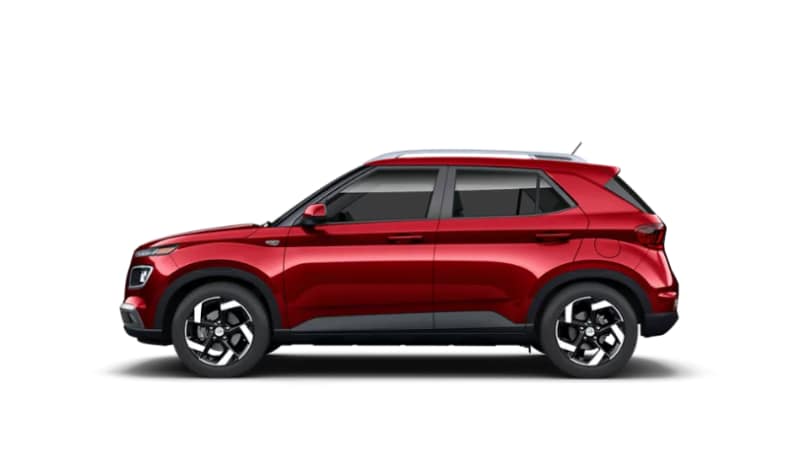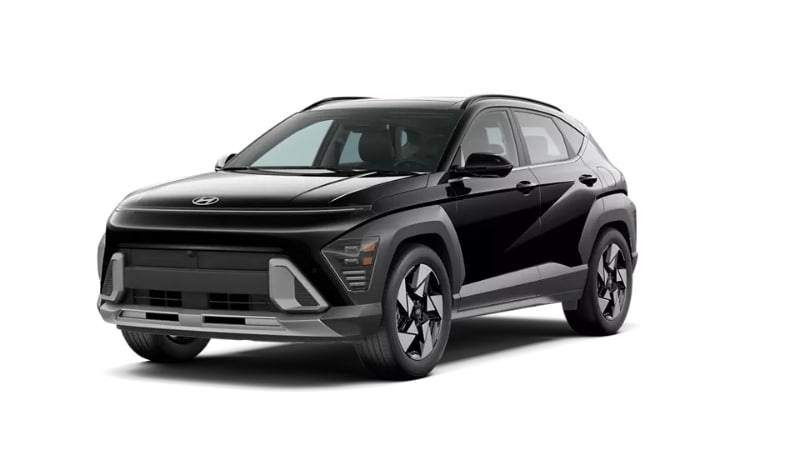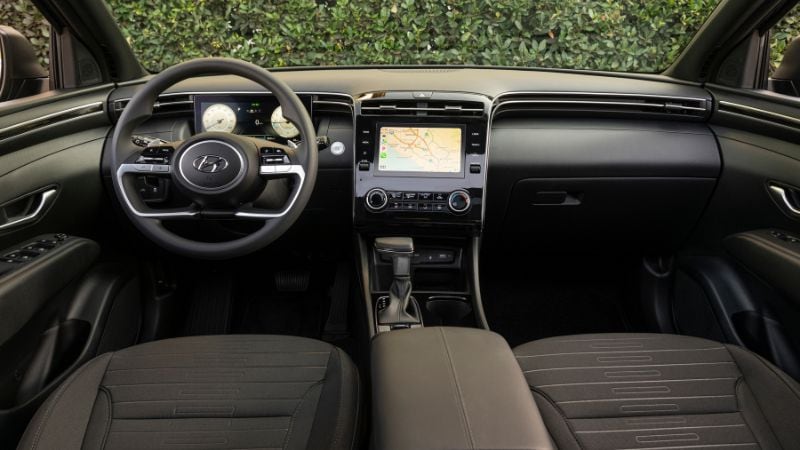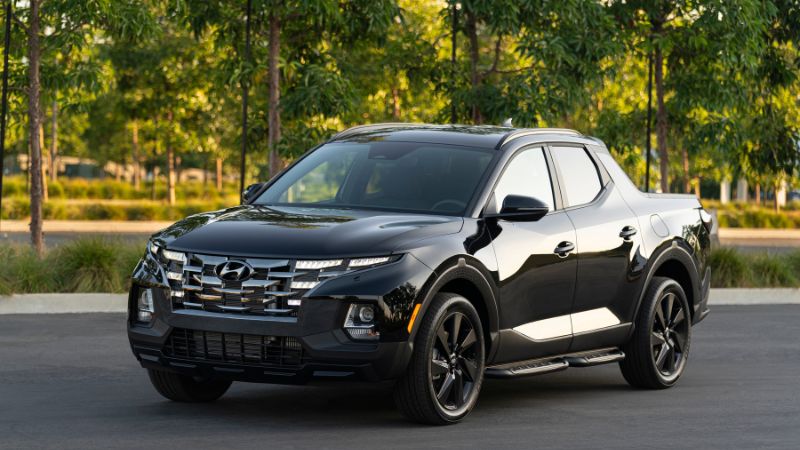
The 2024 Hyundai Venue is a sleek and adaptable subcompact SUV ideal for city driving. Its modern design and compact dimensions make navigating urban streets and parking spaces a breeze. Inside, the Venue boasts a roomy and well-appointed cabin with plenty of cargo room for all your belongings. Packed with cutting-edge technology like a user-friendly entertainment system and advanced safety features, the Venue provides a connected and comfortable driving experience.






